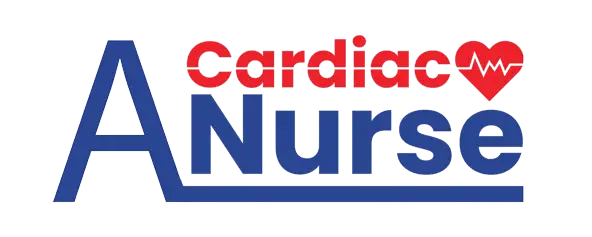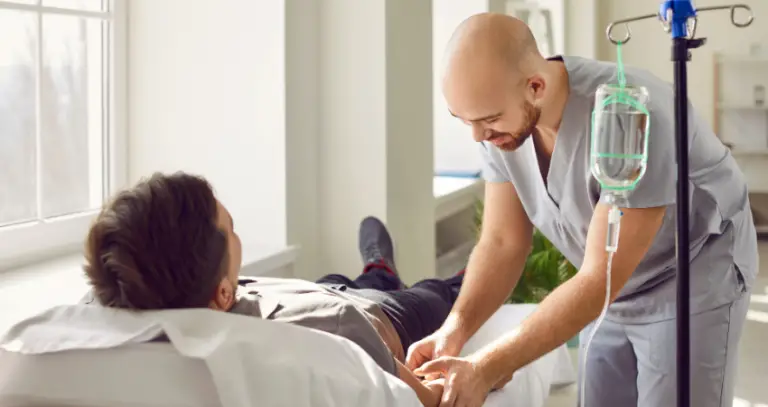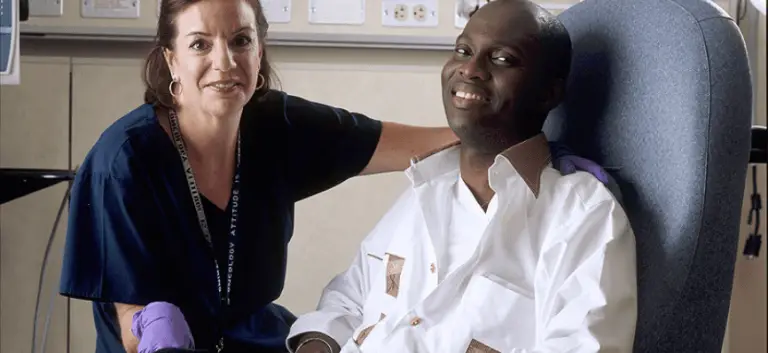Ventilator Associated Pneumonia in the ICU

When patients are admitted into the ICU, they are critically ill. Their immune systems are usually decreased, and they are susceptible to infection.
When they have to be intubated, the susceptibility to infection is increased. Ventilator-associated pneumonia, one of the leading causes of death in the intensive care unit despite the advances in treatment.
The incidence of Ventilator-Associated Pneumonia
Ventilator-associated pneumonia is associated with very high morbidity and mortality. This pneumonia can add 8-10 additional days in the hospital for a patient.
The costs are for VAP are staggering. The cost for VAP is estimated to be around $42,000 in addition to the other hospital charges. It is difficult to pinpoint VAP because when patients are mechanically intubated, they are susceptible to various kinds of infections.
Ventilator Associated Pneumonia in the ICU
Ventilator-associated pneumonia occurs in 10%-30% of all intubated patients.
There are several reasons why patients need to be intubated. Some of these reasons are :
- Severe pneumonia
- Sepsis
- COPD exacerbation
- Drug overdose
- Trauma
- Lung cancer
These are all diagnoses that can either cause decreased saturation, altered mental status, or changes in the ABG’s.
What is Ventilator-Associated Pneumonia
Ventilator-associated pneumonia (VAP) is pneumonia that occurs within 48-96 hours following intubation.
This pneumonia is identified by a new infiltrate, with signs of infection such as fever and elevated white blood count. Ventilator-associated pneumonia accounts for over 50% of all cases of pneumonia in the intensive care unit.
If VAP is going to occur, it is usually in the first days of the mechanically ventilated patient.
Why Does VAP Occur?
When a patient is intubated with an endotracheal tube along with their comorbidities provides a setting for the presence of bacteria to proliferate.
The immune system of the patient plays a significant role in the development of VAP. However, the presence of the endotracheal tube is one of the biggest risk factors for developing VAP.
Perhaps the endotracheal provides an “opening” to the lungs because the natural cough reflex is suppressed. Bacteria can also enter the lungs via the intubation procedure itself or the pooling of secretions around the endotracheal tube.
What Bacteria is Responsible for Ventilator-Associated Pneumonia?
The type of organism that occurs with VAP usually depends on how long the patient has been intubated. If VAP occurs during the beginning of the incubation, the bacteria is usually antibiotic resistant. If VAP occurs during the latter part of the intubation, the bacteria is commonly antibiotic resistant.
Listed below are some of the most commonly isolated bacteria found in VAP:
- Staph Aureus
- Pseudomonas
- Streptococcus
- Hemophilus
- Acinetobacter
- Neisseria
- Coagulase-negative staphylococcus
Ventilator-associated pneumonia is rarely caused by a virus.
How is VAP Diagnosed?
There have not been any gold-standards set for the detection of VAP. The only way to know if VAP is present is to a daily assessment that includes some type of Xray.
The Infectious Disease Society of America recommends obtaining respiratory tract samples for culture and sensitivity. If a patient on a ventilator contracts pneumonia within 48-72 hours of being ventilated, the facility has an incident of VAP..
Evidenced -Based Practices For Nurses to Prevent Ventilator-Associated Pneumonia
The good news is that VAP can be prevented. There are modifiable risk factors to prevent this illness.
Intubation
The main risk factor for the development of VAP is the intubation procedure. Intubation should be avoided at all costs. The nurses should be an advocate for healthcare provider should try other ways of noninvasive ventilation such as CPAP or BIPAP.
Sometimes face masks are appropriate, but it might be uncomfortable for the patient. If a patent cannot tolerate a face mask, then a helmet might be more comfortable. In fact, helmets have a better outcome than face masks.
People presenting with COPD exacerbation should have all other measures done before they are intubated because they risk the chance of not being able to come off of the ventilator.
If the problem is an overdose, Narcan should be used with proper oxygenation.
If a patient has to be intubated, the nurse should advocate for ventilator weaning as soon as possible.
Every morning, the patient should have a “sedation vacation”. A sedation vacation is where the nurse stops all sedation to see how the patient is breathing on the vent, how the patient is saturating, and to monitor their other vital signs.
Good Mouth Care
Mouth care should be done every 4 hours on ventilator patients with a Chlorhexidine rinse.
Every hospital that intubates patients should have a ventilator bundle protocol. A ventilator bundle is a list of quality measures to make sure patients do not get VAP. Some of these measures are:
- Elevation of bed at least 30 degrees
- Every four-hours mouth care with a Chlorhexidine antiseptic mouth rinse
- Positional strategies
- Daily sedation vacation
- Peptic ulcer prophylaxis
Positioning
As nurses, we were taught the importance of positioning, especially in response to the risk of aspiration. Well in intubated patients, proper positioning is everything. Intubated patients should always be positioned in the semi-Fowler’s position or higher.
Even when intubated patients are repositioned, their head should always be elevated. Again, this is to prevent aspiration pneumonia that can lead to VAP.
Tubefeeding
The majority of patients who are intubated are on tube feeding. It is extremely important to keep their head elevated at least 30 degrees. Also, the tube feeding residuals should be checked every 4 hours to prevent aspiration.
Why is Ventilator Associated Pneumonia Important to Healthcare Organizations
In today’s healthcare environment, VAP is directly related to the quality of care. Nurses are usually in charge of making sure that VAP protocols are implemented. The Center for Medicare and Medicaid Centers and the majority of insurance companies have now deemed VAP to be a sentinel or “never” event. These events are not reimbursed by CMS or most insurance companies,
Conclusion
Ventilator-associated pneumonia is totally preventable in the majority of cases. According to the Centers for Disease Control, VAP N the leading cause of death for nosocomial infections.
Ventilator-associated pneumonia cost an average of 40,000 dollars, and it leads to an additional seven days stay in the hospital.
Nurses are at the forefront of caring for patients who are intubated. With excellent nursing care, VAP can be prevented.
References:
https://www.ncbi.nlm.nih.gov/pmc/articles/PMC1592694/
Phyllis Robinson MSN, RN is a Registered Nurse of 27 years. Phyllis is passionate about the prevention and healing of heart disease using traditional and alternative methods. She has experience in emergency room, telemetry, infusion, and critical care. Phyllis currently practices in an intensive care unit.






